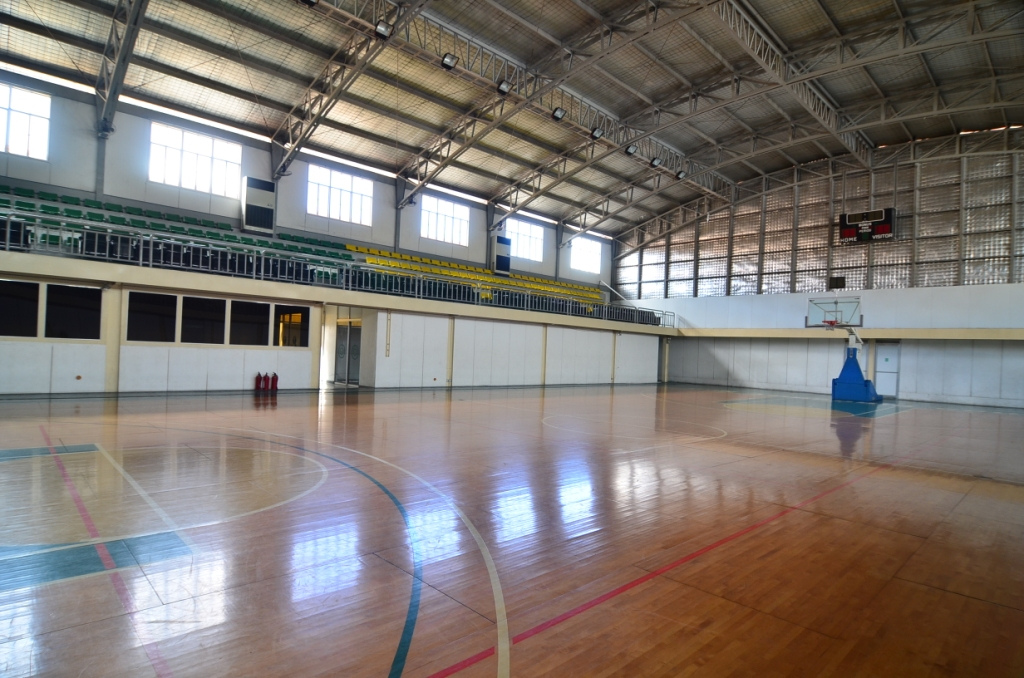- Rule, Britannia, no more?
- Unpopular Opinions: US Quadball Cup 2023
- Proven Contenders: University of Virginia
- Proven Contenders: Rutgers University
- Proven Contenders: University of Michigan
- Proven Contenders: Creighton University
- Different Perspectives: A Look Inside USA Ultimate
- Antwerp QC, Much of Belgian Core, Leaves Competitive Quidditch
Working in a Winter Wonderland
- Updated: January 23, 2013

In the winter, many teams face the predicament of it being too cold for outdoor practices and lacking access to a turf field. Below are some drills which can be run on a basketball or racquetball court, safe from the weather outside. Some are simpler and you’ve probably seen them before, others are more unique.
Chaser and Keeper Drills
Three-Man Weave: A very popular drill. It requires three lines, with the quaffle beginning in the middle line. The quaffle carrier passes to her left or right, and all three players begin running down-court. The first player to pass follows his pass, trailing the recipient of the pass, while the pass recipient passes to the player opposite, and follows to trail behind her. The drill is typically run down the length of the floor and back, and should be done with brooms. You can vary it by having players use their non-dominant hand to catch, or by having the players catch with two hands (which can be sloppy at first).
3 Square: You need eight cones, which you should arrange to make 3 equal squares, about 10 foot by 10 foot each.
Set up a target at the far end – if you can use hoops, great, if you can’t, mark a spot on the wall – and place a keeper there. Two defenders start in the first square, and three offensive chasers enter that square with the quaffle. Each offensive player must complete a pass before they may enter the next square. If the offensive team reaches the final square, the keeper joins the defense.
The defense should try to break up passes and force turnovers, not hit. If the ball goes out of the square, the defense wins. You can add a beater in for more difficulty.
Beater Drills
Gladiator: Have all of your beaters form as wide of a ring as possible while still being able to control any rebounded throws. Two beaters, each with a bludger and broom, enter the center, and attempt to knock each other out. The beater who knocks the other out first wins. Standard beater rules apply.
Firing Squad: One beater stands with her back against a wall, while all of the other beaters get a bludger and stand in a horizontal line about 8-12 yards away. In quick succession, the beaters all throw at her, one-by-one. The throws should be reasonably catchable, and should come roughly at a rate of two throws per second. The beater against the wall tries to catch each throw. This will improve on the catching reflexes of the solo beater and the accuracy of the rest of your team.
Seekers
Unfortunately for seekers, there’s not much fun you can have without a full-contact snitch. But there are three key areas that seekers can always work to improve: core muscles, sprint speed and agility. Core exercises include sit ups, crunches, planks and a huge variety of other exercises which work the abs. Core workouts improve your balance, which is great against snitch throws. The harder you are to take down, the more chances you can get at the snitch.
Sprints are fairly self-explanatory, and include things such as suicides and gassers. If you get into very good sprinting shape, you will improve your on-pitch seeking significantly. The faster you are on the pitch, the more chances you get at the snitch, and ultimately, the more likely you are to get a grab.
Finally, agility workouts are very important for any snitch. Being agile makes it easier to dodge bludgers and to juke out snitches. An agility ladder is a great way to improve agility. If you don’t have one, you can improvise with tape on a floor (if permissible) or brooms. Here is a great video showing different agility ladder workouts:
Also great for agility are cone drills. Cone drills are perfect for indoors and outdoors, easy to set up, and very effective. This video shows some good cone drills, but the possibilities are really endless:
